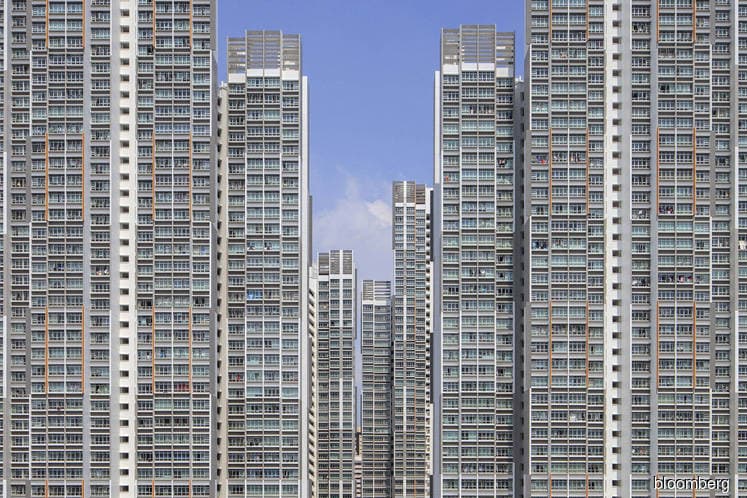
This article first appeared in The Edge Malaysia Weekly on November 20, 2017 - November 26, 2017
Malaysia needs to fix the rising supply-demand imbalance in the property market or risk impacting the wider economy and over 120 industries with links to the sector, the central bank says.
Among other things, the country needs to market its office space better to foreign corporations and start-ups or turn the excess idle commercial spaces in prime locations into other economically meaningful assets such as corporate housing, en-bloc rental accommodation, art centres or indoor parks.
Concerted action by the federal and state governments as well as property developers is needed fast as one in three offices in the Klang Valley could be vacant in 2021 — far worse than the levels seen during the Asian financial crisis.
“Total incoming supply could potentially be higher if future phases of the ongoing large development projects (Tun Razak Exchange and Bukit Bintang City Centre) are taken into account. This may result in further downward pressure on office rentals, which are already the lowest in the region,” Bank Negara Malaysia says in its 3Q2017 quarterly bulletin.
It notes that office vacancy rates in the Klang Valley escalated from 20.9% in 1Q2015 to 23.6% in 1Q2017, and could reach an all-time high of 32% by 2021. Already, office vacancy rates are above the national average of 18.1% and three times the regional average of 6.6%, which is possibly why prime office rents of RM5.30 psf in Kuala Lumpur trail rents in Manila (RM7.40), Bangkok (RM11.10), Singapore (RM24.80) and Hong Kong (RM85), the report says, citing data from Knight Frank Research.
In addition, total unsold residential properties are at a decade high because too many houses are priced above what most Malaysians can afford and the country has way too many malls for a population of 32 million, says Bank Negara Malaysia governor Tan Sri Muhammad Ibrahim.
“We have raised these issues for more than a year. Exposure of the financial sector [to the property market] is within a comfortable level. But if we’re not careful, the oversupply [situation] could have a negative impact on the economy,” he said after releasing third-quarter GDP numbers.
The number of unsold residential units in 1Q2017 stood at 130,690 — twice as many as the historical average of 72,729 units a year between 2004 and 2016. About 83% of the unsold units cost above RM250,000 each, which is not surprising as that is above the affordability threshold of at least half of Malaysia’s households, based on the median multiple measure (three times annual income), with the median household income at RM5,228 in 2016.
High-rises made up 61% of unsold residential units, and of these, 89% were priced above RM250,000. Johor has the largest share of unsold residential units (27% of total unsold properties in Malaysia and potentially the largest excess supply of retail space), followed by Selangor (21%), Kuala Lumpur (14%) and Penang (8%). While 17% of unsold residential units are priced below RM250,000, there are no takers because of undesirable locations and poor connectivity.
“As such, it is timely for all parties to act now to mitigate any potential risks to macroeconomic and financial stability,” the report reads.
Apart from repurposing vacant commercial space and giving rental rebates to start-ups, the central bank says the commercial viability of any new project must be thoroughly assessed before it is commissioned to reduce oversupply. Developers also need to be cognisant of current and future demand conditions, including the cannibalising effects on tenants and customers (from new malls and offices), high cost of living and rising e-commerce market.
To reduce the oversupply of residential properties, Bank Negara is advocating the development of a strong rental market by enacting the Residential Tenancy Act and the setting up of a Tenancy Tribunal to safeguard the rights of tenants and landlords. There is also need to ensure new projects are built in decent locations with good transport connectivity. Having a single entity to coordinate affordable housing efforts would be a step forward. The registry of applicants for affordable housing should also be regularly updated, verified and filtered to prioritise the delivery of homes to the creditworthy while re-directing others to the rental market.
“It is not too late now to apply some intervention policies to contain the development of new commercial space projects,” says Socio-Economic Research Centre executive director Lee Heng Guie.
Save by subscribing to us for your print and/or digital copy.
P/S: The Edge is also available on Apple's AppStore and Androids' Google Play.